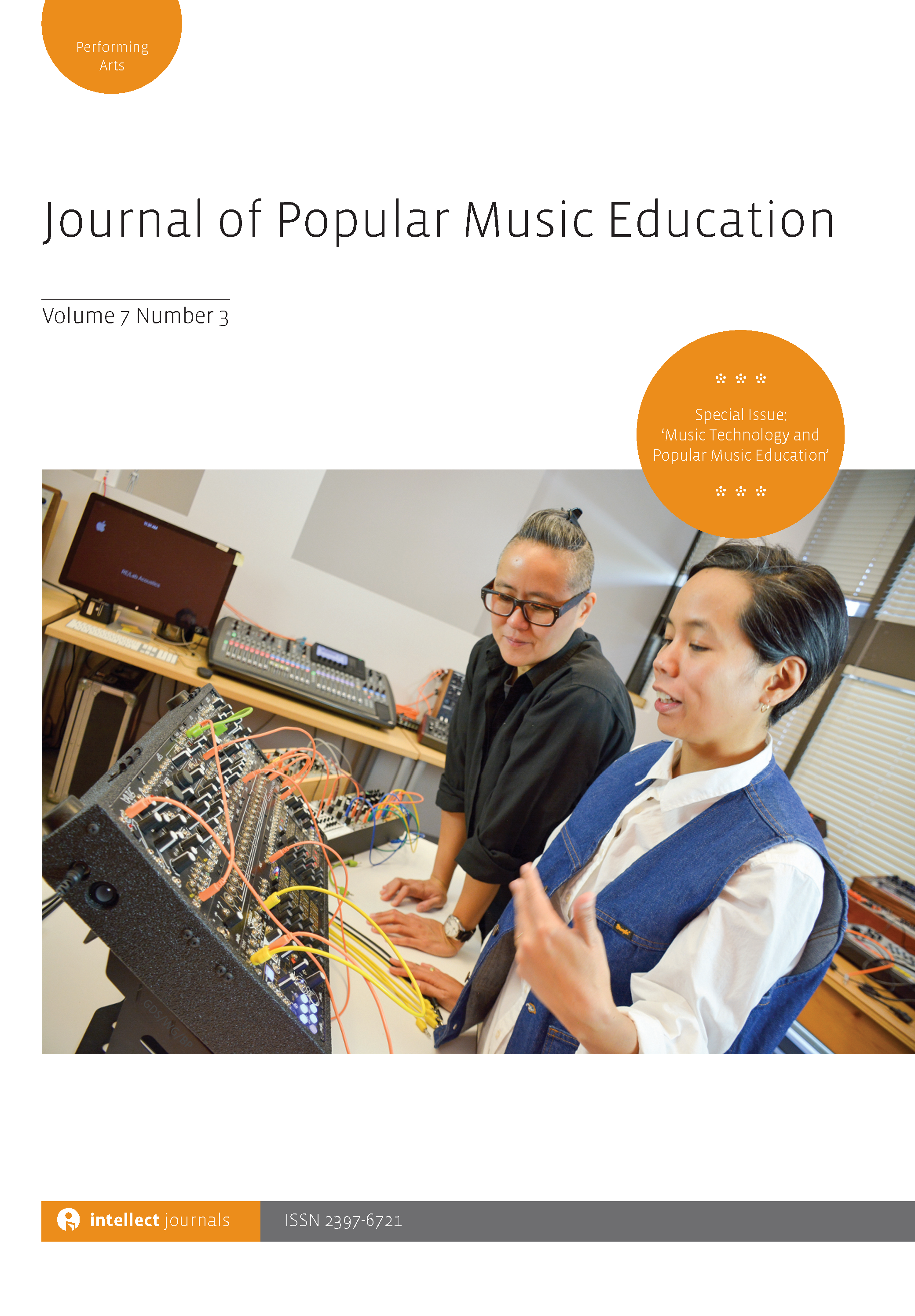
Full text loading...


This study explores the content and pertinence of a curricular framework for training popular music (PM) singing teachers. The author conducted three extensive literature review studies over two years via an action research framework to investigate common areas of interest for potential pedagogical strategy. She developed a draft curricular topic framework, incorporating five PM-specific areas: vocal health and hygiene, PM stylistic advice, microphones/audio technology, resonance and breathing technique. Five international PM voice teaching representatives took part in the research as focus group participants and provided feedback on the curriculum content. Data from this feedback were analysed in an iterative cycle process and adjustments suggested. Findings from this study indicate that such a curriculum would be both necessary and timely. Suggestions were made to amend some elements and to place greater emphasis on aesthetic artistry, cultural context and emotional intent.

Article metrics loading...

Full text loading...
References


Data & Media loading...
Publication Date:
https://doi.org/10.1386/jpme_00105_1 Published content will be available immediately after check-out or when it is released in case of a pre-order. Please make sure to be logged in to see all available purchase options.